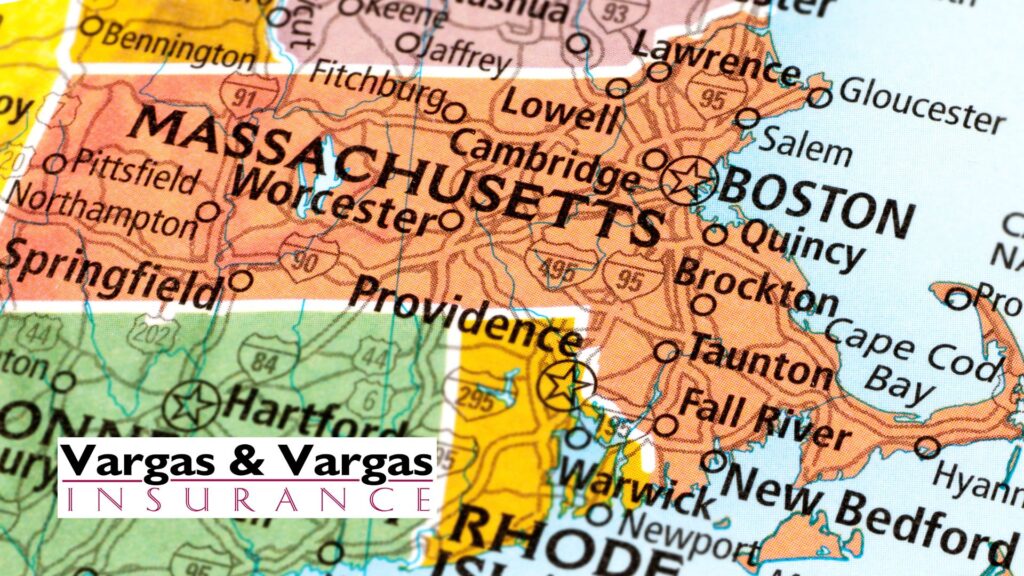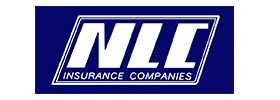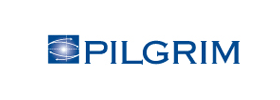Insurance Coverage: What Happens During a Flood?
Your home insurance policy doesn’t provide a blanket of protection from everything. For example, you might not have coverage if a flood causes water damage to your property. But that also depends on the type of flood and what was damaged.
Today, let’s take a quick look at flooding and what you can do to protect yourself.
What kind of Flooding Isn’t Often Covered?
Although home insurance can help with some costs caused by flooding, there are quite a few that may not be in your policy. This may include:
- Natural disasters, such as extreme rain or snow.
- External sewage line breaks or backups.
- Sump pump flooding.
However, your policy might include coverage in the event of damages from broken pipes inside the home, flooding from a bad water heater, or if a fire was the result of various types of water damage.
Generally speaking, a “flood” is considered any excess water on the property that is normally dry. If a sewage backup is caused by flooding, and you have a sewer backup endorsement on your policy, that is covered by insurance.
Of course, you review your policy with your local independent insurance agent or review your policy.
What Affects Flood Coverage Policy Costs?
Like any other type of insurance, the costs of flood coverage depend on a wide range of factors. This is why people will often pay different premiums even though they live in the same city.
Some of them include:
Risk of Flooding
If your home is in a location that is prone to floods, your policy could increase.
Your Deductible
A higher deductible of the coverage will reduce your monthly premiums.
Property Location
The neighborhood of your home could affect the cost aside from the flood risk.
Age of the Property
As older homes are more prone to needing repairs, their age could increase the cost of a flood policy.
Itemized Schedules
Not everything is covered in the home through flood insurance. Valuables such as jewelry and antiques may need to be scheduled separately.
How to Get Coverage in Case of a Flood
If flooding is a concern, you need to contact your insurance agent to buy a new policy. You can also renew an existing policy to include flood coverage.
The average premium in the United States is around $750. But this can be higher or lower depending on where you live. This is especially true if you live in a location that is prone to some kind of flooding.
At its average cost, flood coverage is only an extra $62.50 per month. Considering the sheer amount of damage water can do to a home, this is not that bad of an expense to protect your family and property.
Water Damage Can Be Devastating
The important thing is to have the flooding repaired immediately. Even the slightest trickle within the walls can result in mold growth, extreme drywall damage, and compromise the framework of your home.
At Vargas & Vargas Insurance, we can help ensure that your policy includes covering floods and other types of water damage. If this is a concern for you, contact us today to see how we can help.
You don’t have to face water damage and flooding on your own if you have proper coverage.




























